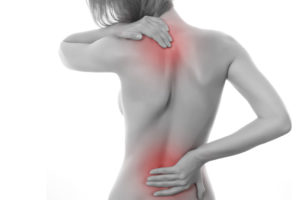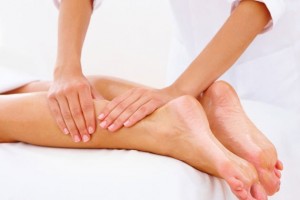With the London Marathon fast approaching many of us are well into our official training schedules, me included. It is not uncommon to see people competing in the marathon in our physiotherapy clinic with various lower limb injuries. Most running injuries are related to the increased repetitive loads placed on the muscular system, resulting in tendinopathy (a broad term used for tendon pain). You might have heard these problems given other names depending on where they are felt, some of these include: trochanteric bursitis / gluteus medius tendinopathy (outer hip), Achilles tendinopathy / tendonitis, plantar fasciitis (bottom of foot/ heel pain), patella tendinopathy / jumper’s knee (just below the knee cap) and iliotibial band friction syndrome (outside of knee).
Apart from the area involved, the conditions are broadly similar in terms of pathology and are caused by an overload of the involved tendons. This can often be traced back to an increase in demand on the tendons, usually a sudden increase in training and lack of time for the tendons to adapt to these new demands. The biomechanics of the lower limb can also be a factor and can in theory predispose people to particular problems.
Below is some advice that may help reduce the chance of you developing a tendinopathy.
Before running
-Ensure you have a reasonable pair of running trainers. They do not need to be the most expensive. In my experience new models of the same trainers with small improvements tend to be twice the price of older models. Sometimes searching for the very similar older model is a good way to save money. I tend to buy 2 pairs at a time and rotate them.
-Change your running shoes fairly regularly. I have heard 18 months or 500 miles commonly quoted by people in the know.
-Get a proper running programme (virgin website), with a gradual increase in weekly mileage, not more than 10% per week is reasonable – tendons do not like being shocked.
-Do a lot of long slow runs – most marathon programmes should have approximately 70-80% long, slow runs. Training should be specific to your event and whilst shorter faster runs and hill repeats are very valuable, you are ultimately doing a long, slow run!
If you start to feel pain
Don’t ignore it especially it if it’s getting worse. Relatively resting is a sensible thing to do. This might mean dropping your training down to a level where the pain subsides or eases a lot, either a slowing of pace or reduction in distance. It might be that you have to miss a day or two of training to let the irritation settle (we know how hard this can be from personal experience!). If the pain persists or comes back when you step up the training again seeking out a physiotherapist is a good idea. Generally injuries that are treated sooner rather than later require less treatment and recover quicker.
At Uxbridge Physiotherapy, as keen sports people we have experienced injury and know how frustrating it can be. Our in-depth knowledge of running biomechanics, tendinopathy and the muscle system mean we are best placed to get you back to training as quickly as possible. Preventing recurrence is an essential part of management. We are adept at highlighting muscle weakness or biomechanical issues that may predispose you to these injuries, and can advise on a tailored rehabilitation programme to address them.







